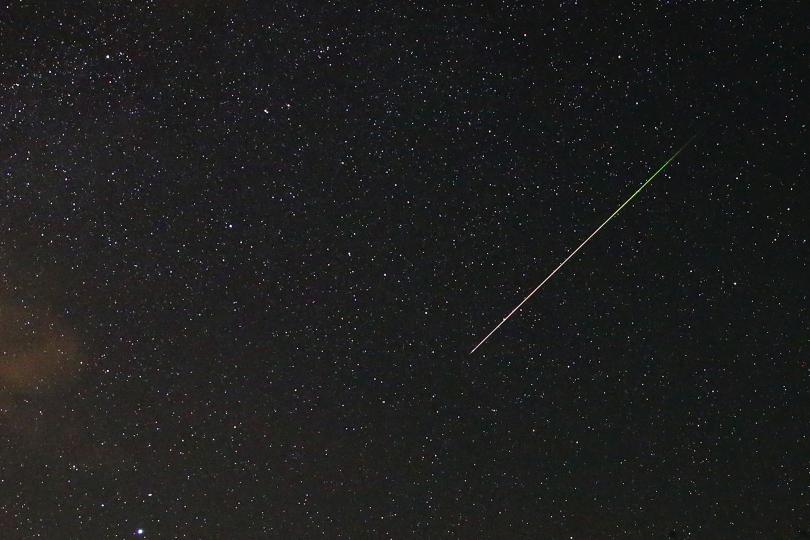
June 2018 Sky
- Posted by OCastronomy
- On June 1, 2018
- 0 Comments
- Antares, Beehive cluster M44, June solstice, Jupiter, Mars, Mercury, Mercury at superior conjunction, Pollux, Regulus, Saturn, Saturn at opposition, Venus
June 2018 Sky
| 1 | Moon near Saturn (morning sky) at 1h UT. Mag. 0.2. |
| 2 | Moon at apogee (farthest from Earth) at 17h UT (distance 405,317 km; angular size 29.5′). |
| 3 | Moon near Mars (morning sky) at 11h UT. Mag. −1.3. • Mars (Wikipedia) |
| 6 | Mercury at superior conjunction with Sun at 2h UT. The elusive planet passes into the evening sky. |
| 6 | Last Quarter Moon at 18:33 UT. |
| 13 | New Moon at 19:44 UT. Start of lunation 1181. • Lunation Number (Wikipedia) |
| 14 | Moon at perigee (closest to Earth) at 23:53 UT (359,503 km; angular size 33.2′). |
| 15 | Moon near Pollux (evening sky) at 22h UT. |
| 16 | Moon near Venus (38° from Sun, evening sky) at 13h UT. Mag. −4.0. |
| 16 | Moon near Beehive cluster M44 (evening sky) at 20h UT. • Beehive Cluster (Wikipedia) • M44: The Beehive Cluster (APOD) |
| 18 | Moon near Regulus (evening sky) at 9h UT. |
| 20 | Venus 0.7° NNE of Beehive cluster (39° from Sun, evening sky) at 10h UT. Mag. −4.0. |
| 20 | First Quarter Moon at 10:51 UT. |
| 21 | June solstice at 10:07 UT. The time when the Sun reaches the point farthest north of the celestial equator marking the start of summer in the Northern Hemisphere and winter in the Southern Hemisphere. • June Solstice (Wikipedia) • Equinoxes and Solstices from Space (NASA) |
| 22 | Moon near Spica (evening sky) at 8h UT. • Spica (Wikipedia) |
| 23 | Moon near Jupiter (evening sky) at 21h UT. Mag. −2.4. • Jupiter (Wikipedia) |
| 26 | Moon near Antares (evening sky) at 1h UT. • Antares (Wikipedia) |
| 27 | Saturn at opposition (opposite the Sun) at 13h UT. The ringed planet is at its closest and brightest at Mag. +0.0. SaturnÕs rings are spectacular even in a small telescope. • Saturn (Wikipedia) • Opposition (Wikipedia) |
| 28 | Moon near Saturn (midnight sky) at 4h UT. Mag. 0.0. • Saturn (Wikipedia) |
| 28 | Full Moon at 4:53 UT. • Full Moon Names (Wikipedia) |
| 30 | Moon at apogee (farthest from Earth) at 3h UT (distance 406,061 km; angular size 29.4′). |
| June 2018 Sky All times Universal Time (UT). | |


